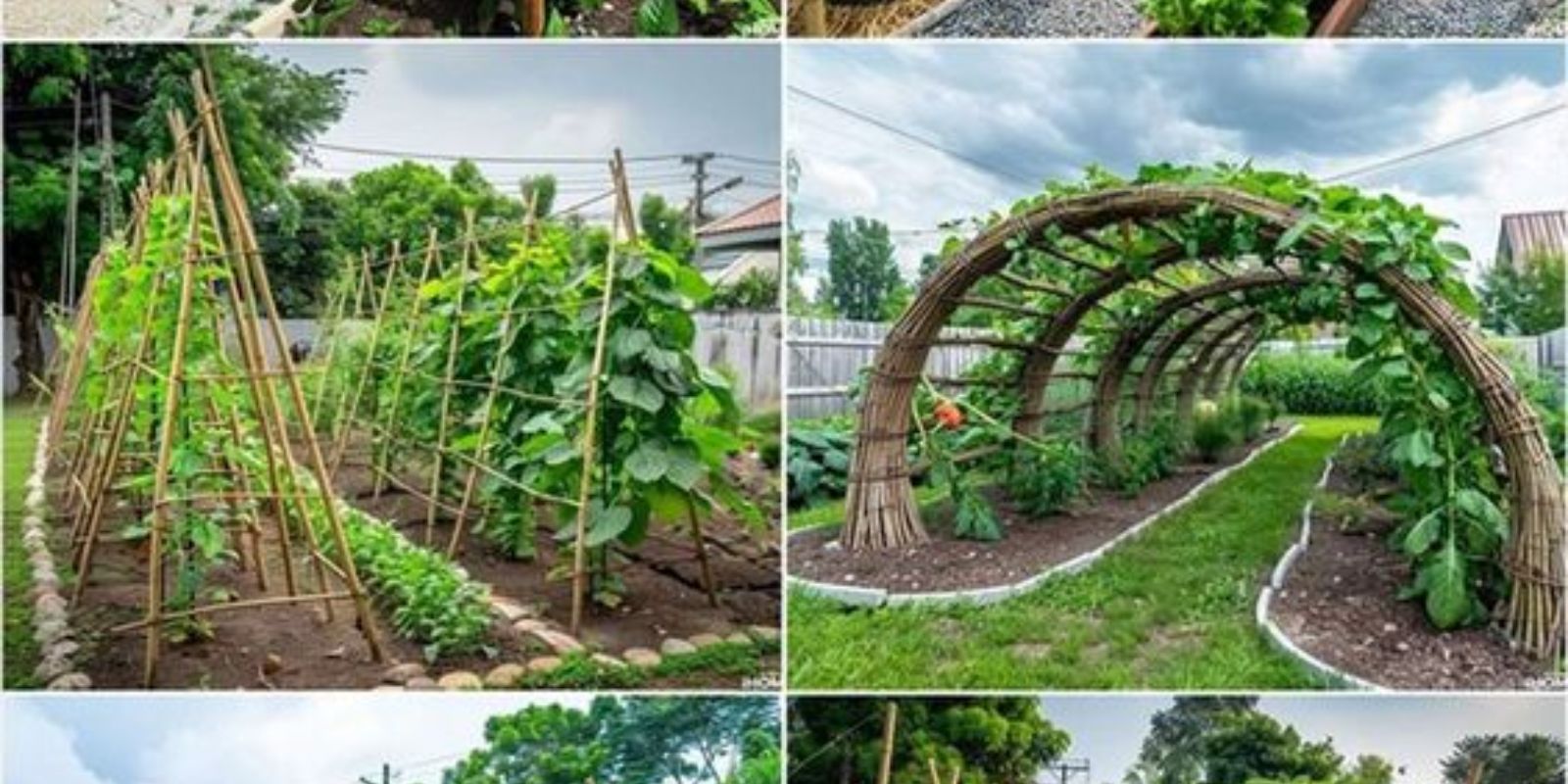Introduction
Growing cucumbers can be a delightful and rewarding experience for gardeners of all levels. Among the many varieties available, spike-shaped cucumbers stand out for their unique appearance and delicious flavor. Not only do they add visual interest to your garden, but they also provide a fantastic harvest that can be used in various culinary creations. In this article, we’ll explore the steps to successfully grow spike cucumbers and the reasons why you should consider adding them to your garden.
Why Grow Spike Cucumbers?
1. Unique Appearance
Spike cucumbers, with their distinctive spiky exterior, offer an eye-catching addition to any garden. Their unusual shape can make a striking statement on your dining table or in your salads, providing a fun conversation starter.
2. Flavor and Texture
Despite their quirky appearance, spike cucumbers are known for their crisp texture and refreshing taste. They are perfect for salads, pickling, or eating fresh, making them a versatile choice for your kitchen.
3. Space Efficiency
Spike cucumbers can be grown vertically on trellises or stakes, saving valuable garden space while promoting air circulation. This method not only optimizes space but also enhances the overall health of the plants.
4. Health Benefits
Cucumbers are low in calories and high in water content, making them an excellent addition to a healthy diet. They provide essential vitamins and minerals while being hydrating and refreshing.
Steps to Grow Spike Cucumbers
Step 1: Select the Right Seeds
The first step in your cucumber-growing journey is choosing the right seeds. Look for specific varieties known for producing spike-shaped cucumbers. Some popular varieties include Kra, Japanese Spike, and Korean Cucumbers. Purchase seeds from reputable garden centers or online suppliers to ensure high quality.
Step 2: Prepare the Soil
Cucumbers thrive in well-drained, fertile soil rich in organic matter. Before planting, amend the soil with compost or well-rotted manure to improve fertility and structure. Aim for a soil pH between 6.0 and 7.0 for optimal growth.
Step 3: Planting
A. Timing
Spike cucumbers are warm-season crops, so wait until after the last frost date in your area before planting. The soil temperature should ideally be around 70°F (21°C) for optimal germination.
B. Direct Sowing vs. Transplanting
You can either sow seeds directly into the garden or start them indoors. For direct sowing, plant seeds about 1 inch deep and 2-3 feet apart in rows or hills. If starting indoors, transplant seedlings when they are 3-4 weeks old and after hardening off.
Step 4: Watering
Cucumbers need consistent moisture to thrive, especially during dry spells. Water deeply and regularly, aiming for about 1-2 inches of water per week. Avoid overhead watering to minimize the risk of fungal diseases; instead, water at the base of the plants.
Step 5: Support the Vines
Spike cucumbers are climbing plants that benefit from vertical support. Use trellises, stakes, or cages to support the plants as they grow. This practice not only saves space but also helps improve air circulation around the leaves, reducing the risk of disease.
Step 6: Fertilizing
To ensure healthy growth and maximum yield, apply a balanced fertilizer every few weeks. Look for a fertilizer with an N-P-K ratio of 10-10-10 or similar. Follow the manufacturer’s instructions for application rates, and be cautious not to over-fertilize, as this can lead to excessive foliage growth at the expense of fruit production.
Step 7: Pest and Disease Management
Cucumbers can be susceptible to various pests and diseases, including aphids, cucumber beetles, and powdery mildew. Regularly inspect your plants for signs of trouble:
- Pests: Use insecticidal soap or neem oil to treat pest infestations. Introducing beneficial insects, like ladybugs, can also help control pests naturally.
- Diseases: Ensure proper spacing and air circulation to minimize disease risk. Rotate crops each year to prevent soil-borne diseases.
Step 8: Harvesting
Spike cucumbers are typically ready to harvest when they reach about 6-8 inches in length and are still firm. It’s essential to pick them regularly to encourage further production. Use scissors or garden shears to cut the cucumbers from the vine to avoid damaging the plant.
Tips for Success
1. Mulching
Applying a layer of mulch around your cucumber plants can help retain soil moisture, suppress weeds, and regulate soil temperature. Organic mulch, like straw or shredded leaves, is an excellent choice.
2. Companion Planting
Consider planting cucumbers alongside companions such as bush beans, marigolds, or radishes. These plants can enhance growth and deter pests, creating a more robust garden ecosystem.
3. Regular Monitoring
Keep a close eye on your plants throughout the growing season. Regularly check for signs of pests, diseases, and nutrient deficiencies. Early intervention can prevent small problems from becoming major issues.
4. Season Extension
If you live in a cooler climate, consider using row covers or cloches to extend the growing season and protect young plants from frost.
Common Challenges and Solutions
1. Poor Germination Rates
If your seeds fail to germinate, check soil temperature and moisture levels. If the soil is too cold or dry, it can hinder germination. Consider starting seeds indoors if conditions are unfavorable.
2. Yellowing Leaves
Yellowing leaves may indicate nutrient deficiencies or overwatering. Ensure your plants receive adequate nutrients and monitor your watering practices to maintain proper soil moisture.
3. Pest Infestations
To combat pests, implement natural control methods and maintain plant health. Introduce beneficial insects and use organic pest controls to minimize damage.
Conclusion
Growing spike cucumbers is a fantastic way to add diversity to your garden while enjoying a rewarding harvest. With their unique appearance and delicious flavor, these cucumbers can elevate your culinary creations and bring a fun twist to traditional gardening. By following the steps outlined in this guide and employing a few helpful tips, you can successfully grow your own spike cucumbers and enjoy the many benefits they offer. So, gather your seeds and start your gardening adventure today! 🥒✨

